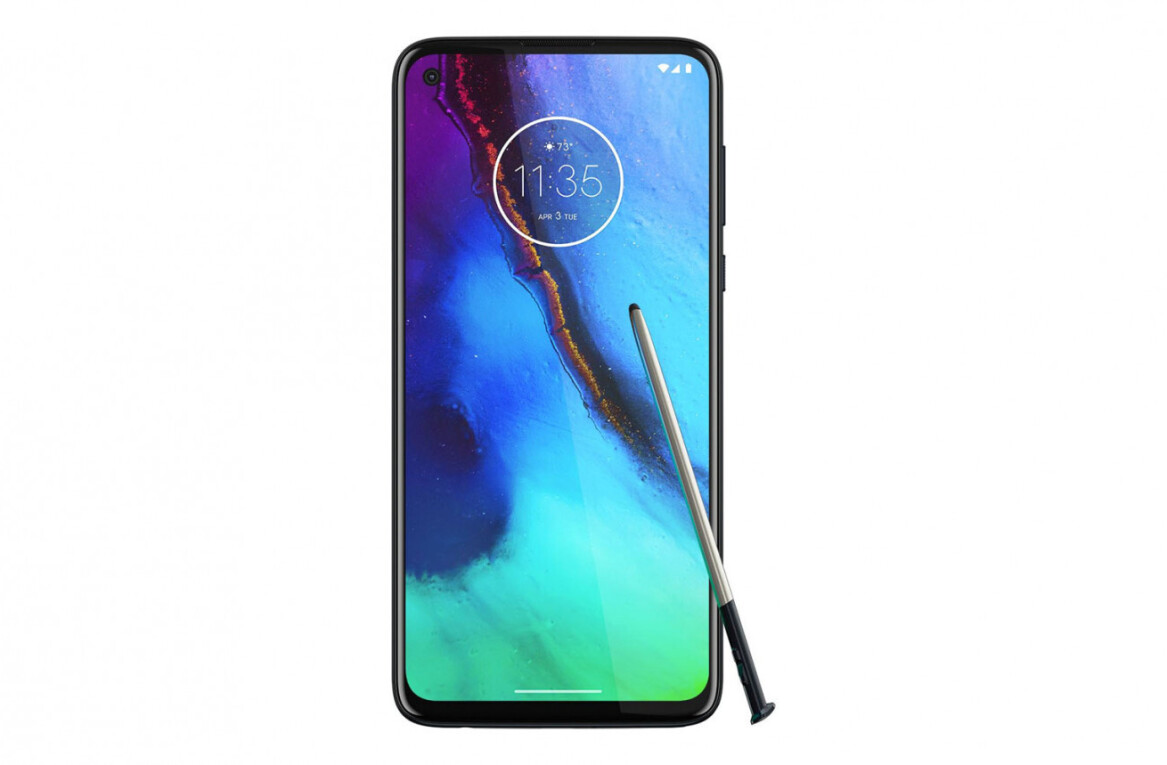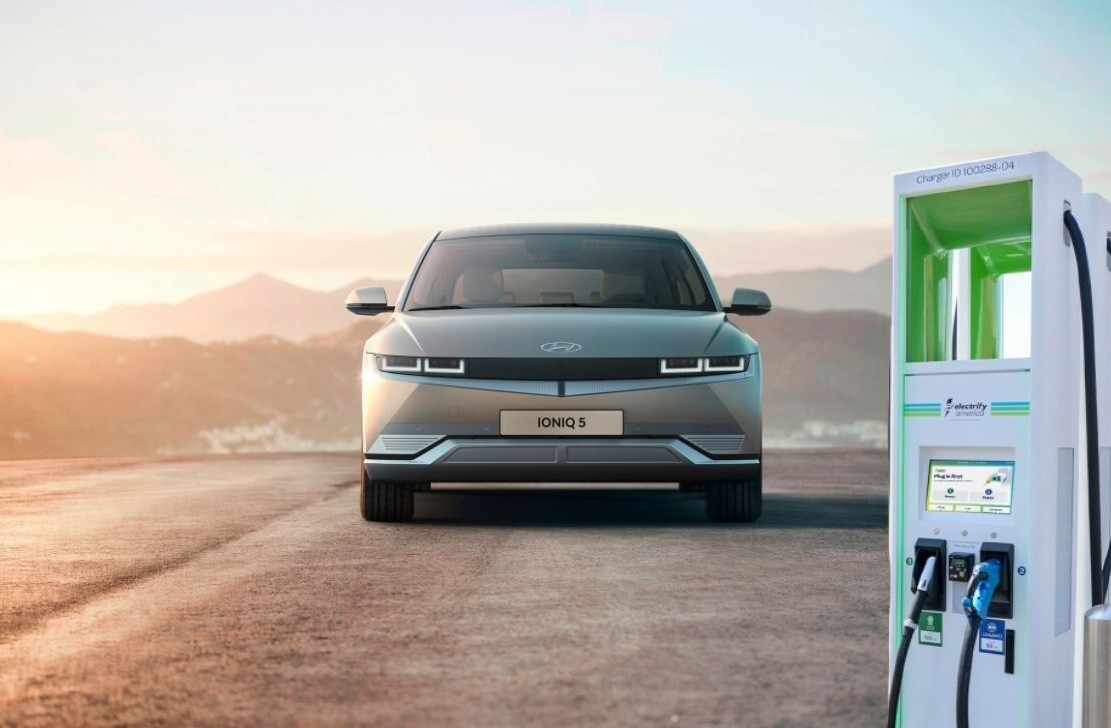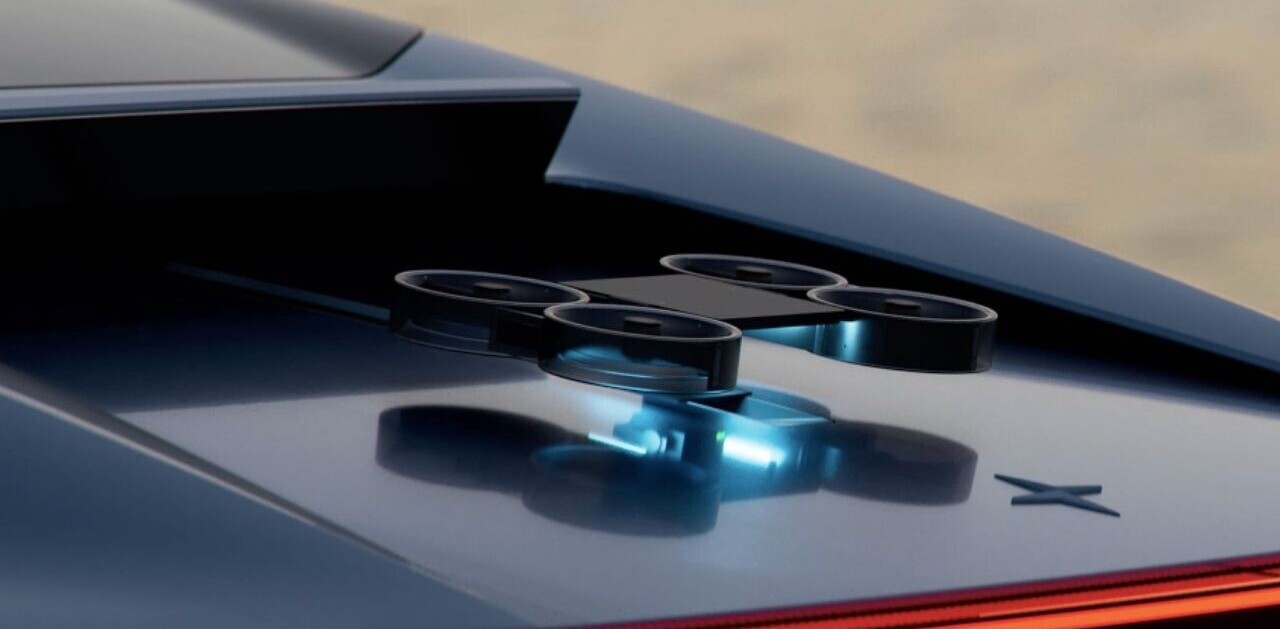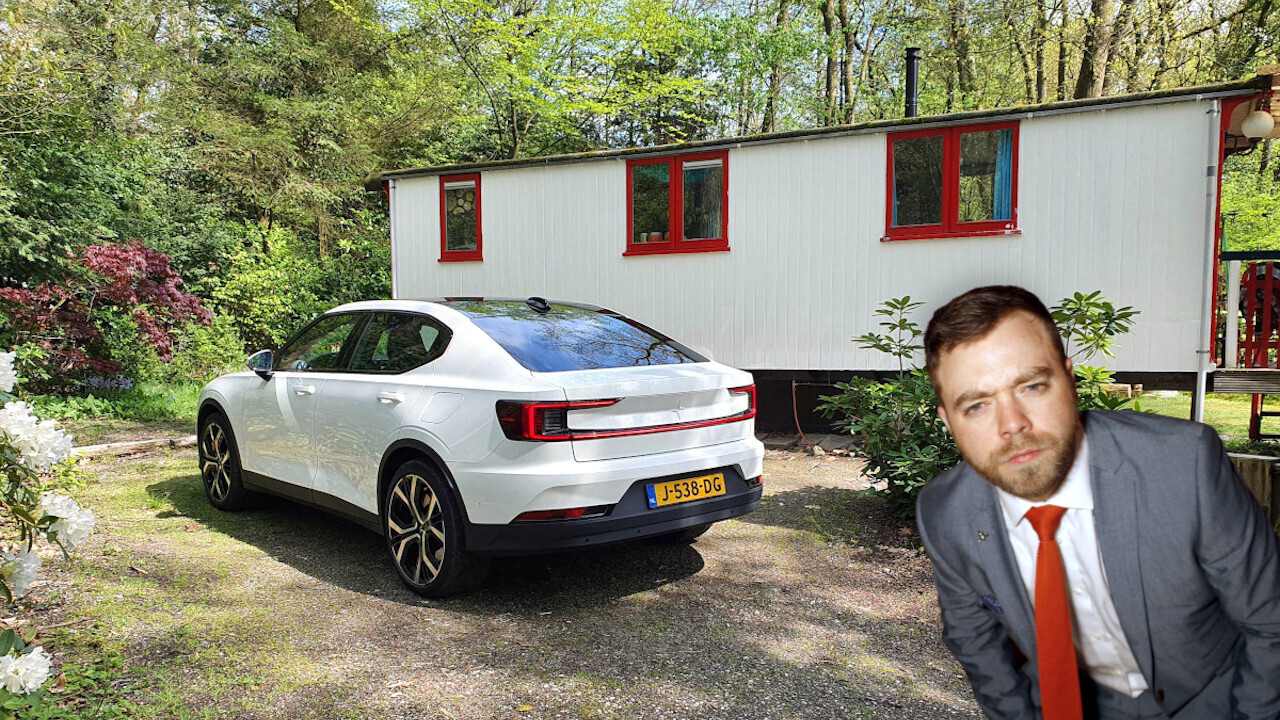
I’ve been thinking a lot about what it’s like to live with an EV recently. Doing what I do, I often get friends asking me what car they should buy. I always give stellar advice that would save my friends money, time, and get them a great car for their needs. Do they ever follow my advice? No, no they don’t.
With the ever present climate doom, I try to make as many people as I can consider an electric car, so they can make an impact and be ahead of the adoption curve. Soon they won’t have a choice, as going electric will be the only option. None of this seems to motivate them right now, though.
Let me put you in my shoes. The conversation I have with my never ending stream of help-seekers usually goes something like this:
- Them: “Hey Matt, I’m going to buy a new car. What should I get?”
- Me: “What do you need the car for? How much do you drive? And what’s your budget?”
- Them: “I drive 10 miles to work every day, to the shops at weekends, and to Scotland a couple of times a year. We just had a child, so we want something safe, and spacious. We’ve got about $500 a month.”
- Me: “Have you considered something electric?”
- Them: “Oh I would love electric! But they’re just no good right now, there are no chargers, we won’t be able to drive to Scotland, and they’re just too expensive.”
- Me: “So what were you going to buy before you asked me?”
- Them: “<insert something generic, and probably German>”
- Me: Heavy sigh “Ok… But hear me out…”
And so it goes on.
I proceed to bestow the benefits of electricity, how it will save them money in the long run. I then remind them that renting a large comfortable car for those long but very infrequent drives is an option, one that will still be cheaper than owning a petrol SUV long term. Likewise, I laud them for how they’d be making an investment in their child’s future by being slightly kinder to the environment. Rarely have I been able to get through to them. The people are still stuck in their ways.
But do my friends have a point? Are they (the EVs, not my friends) a pain to live with? Or are my friends more stubborn than I care to admit?
In this long read we’ll find out if they do have a point. We’ll also see what it’s like to drive and charge an EV, whether range anxiety is real, and what’s up with Android Automotive.
Seeing for myself
I’ve been lucky to drive quite a few electric cars over the past 8 years, and yet I’ve never actually lived with one. It seems the only way to find out what that is like is to do it for real for a week, take it on a road trip, put as many miles on it as I can, and see for myself: the truth.
Naturally, I gave our friends over at Polestar a call, and after a bit of prodding, they finally caved and agreed to lend me a Polestar 2 for a week. What a lucky boy I am. There were no restrictions or expectations, they simply gave me the official owner’s handover at their Amsterdam store, helped me set up my Google account with Android Automotive, left me with the keys, and pointed me to the open road.

With that my week, my adventure, as an EV “owner” began.
Life as an EV driver
What makes my adventure all the more… adventurous is that I don’t have an EV charger at my home. Not only did I set out to prove that living with an EV is child’s play — I did so in less than optimal circumstances.
I picked up the Polestar 2 on a Wednesday. It had about 80% charge, and around 300 km of range at the time. That’s more than plenty for what I had planned for my weekend, but I wasn’t leaving until Friday, so I surprised a friend with a trip to the beach. Why? Because I could. Having not had a car at my free disposal for a few years, I was swiftly reminded just how great having a one is. It’s easy to see why they caught on.
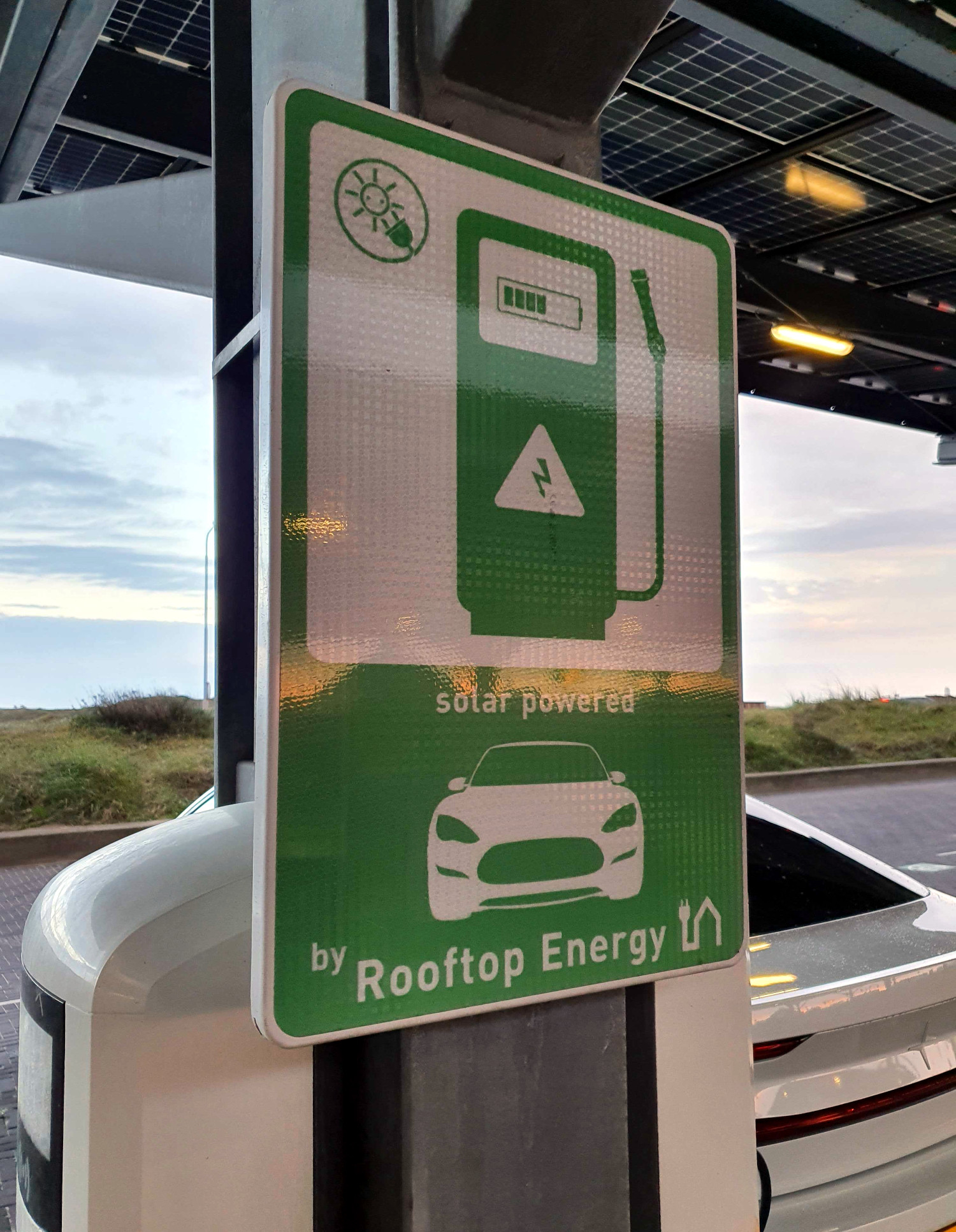
The 25 km drive from Amsterdam to the beach at Bloemendaal aan Zee (that’s Dutch for “flower hill on sea” — yes, there’s actually a hill!) used about 8% charge. There was plenty of stopping and starting, roundabouts, and accelerations out of corners. All these moments of “getting back up to speed,” use energy. More energy than just cruising along conservatively. Thankfully, with braking regeneration set to max, the car was consuming around 22 kw per 100 km. Not too bad for this style of driving.
The highlight of the trip came as a happy little surprise once we got to the beach. At the car park, there were EV chargers, all of them were available for use, and they were powered by solar panels that also doubled as a canopy covering the car park itself. As it turns out, there’s enough sun in the Netherlands to charge EVs at 22 kWh! WHO KNEW!

After a walk on the beach for an hour, the car had managed to take in just over 12 kW of energy from those beautiful sunbeams. The charge was now sitting above 80%. Plenty of charge for the home trip, and the following day. But just to be sure, on Thursday before my weekend of travel I charged the car up to 100% using a 22 kw street side charger, that is handily located not too far from home.
There are literally hundreds of these dotted around Amsterdam, and they are super easy to use. The trick, however, is getting to one when it’s free. When you do, simply plug in, and scan your RFID card, the lights on the unit turn blue, and the car starts charging. When you’re done, simply reverse this process.
After a few hours the car was sitting at 100%, so I unplugged to free up the spot for someone else, and got ready for the long drive to follow.
Fully charged and away for the weekend
Friday came, and I left the comfort and convenience of the roadside chargers in the Randstad, and headed east towards the expanses of the Veluwe — the closest thing the Netherlands has to actual wilderness — seeking answers.
Is it possible to survive with an EV without having direct or exclusive access to a charging point?
For my long weekend of electron supping, I stayed at what the Dutch call a Pipowagen, just north of Arnhem, on the edge of the Veluwe national park. It’s roughly 120 km from Amsterdam. About an hour and a half’s drive, the kind of drive you’d happily make after work at the end of the week if you wanted a quick getaway.
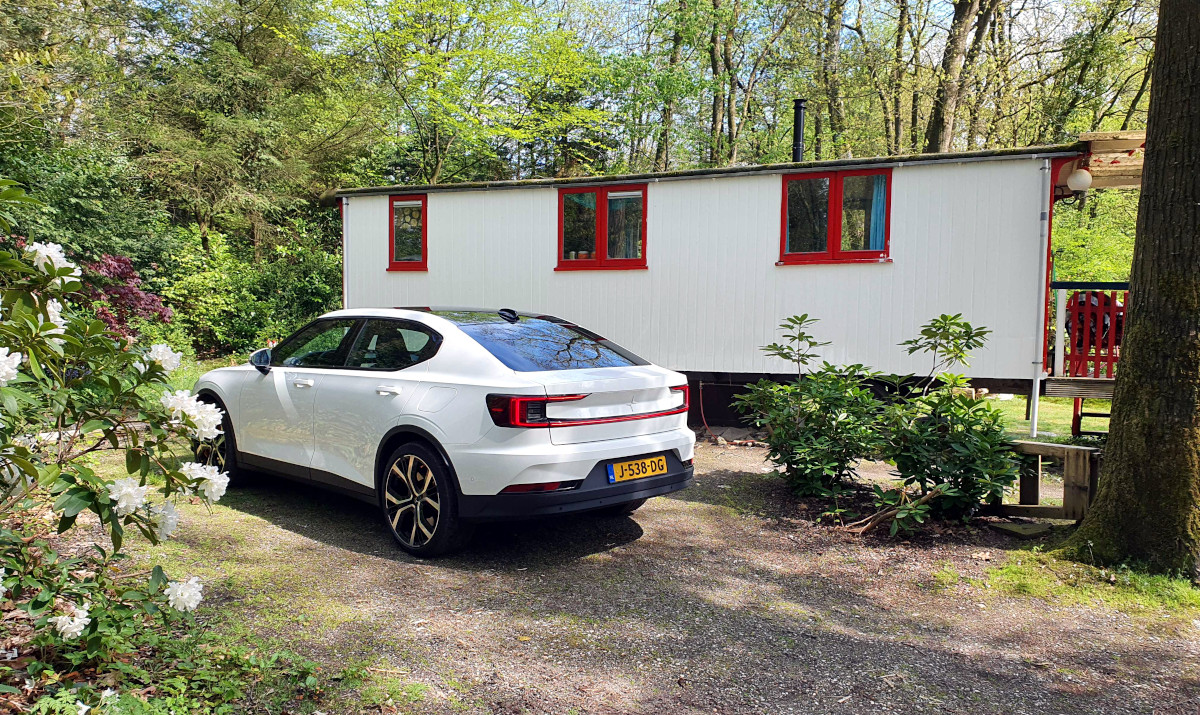
According to its owners, the Pipowagen was placed in the woods in the 1930s, and has stood there ever since. It’s decidedly unlike the Polestar. It’s old, traditional, and is the exact opposite of what the Polestar embodies. Even so, it felt like a great place to reflect on the past and muse about the future.
Oh and if you were wondering why it’s called a Pipowagen, we have the Dutch to thank for that. Back in the ‘70s, there was a TV show about a traveling clown, called Pipo, that lived in this kind of wooden circus caravan. His was pulled along by a rather forlorn looking donkey, and thus became known as a Pipowagen.
Now, the car’s range would allow me to drive there and back on one full charge, but I wouldn’t be able to do much driving around the Veluwe unless I found chargers on my arrival.
The Pipowagen does have electricity, but after my hosts told me that plugging in anything more than a kettle would blow the fuses, I decided charging it from the mains was not a good idea. I would have to get creative and charge at every opportunity.
Anxiety free motoring
Despite being left to the mercy of the Netherlands’ public charging infrastructure and heading into the woods, I didn’t experience any range anxiety while at my destination. Not an ounce. I drove the car with abandon, and I didn’t care one bit about possibly running out of charge.
Why? Well, the answer is simple: when you really start looking for them, you’ll realize chargers are everywhere. They’re by the street side, they’re at dedicated fast-charging locations on motorways, they’re at petrol stations, and even at branches of McDonald’s.
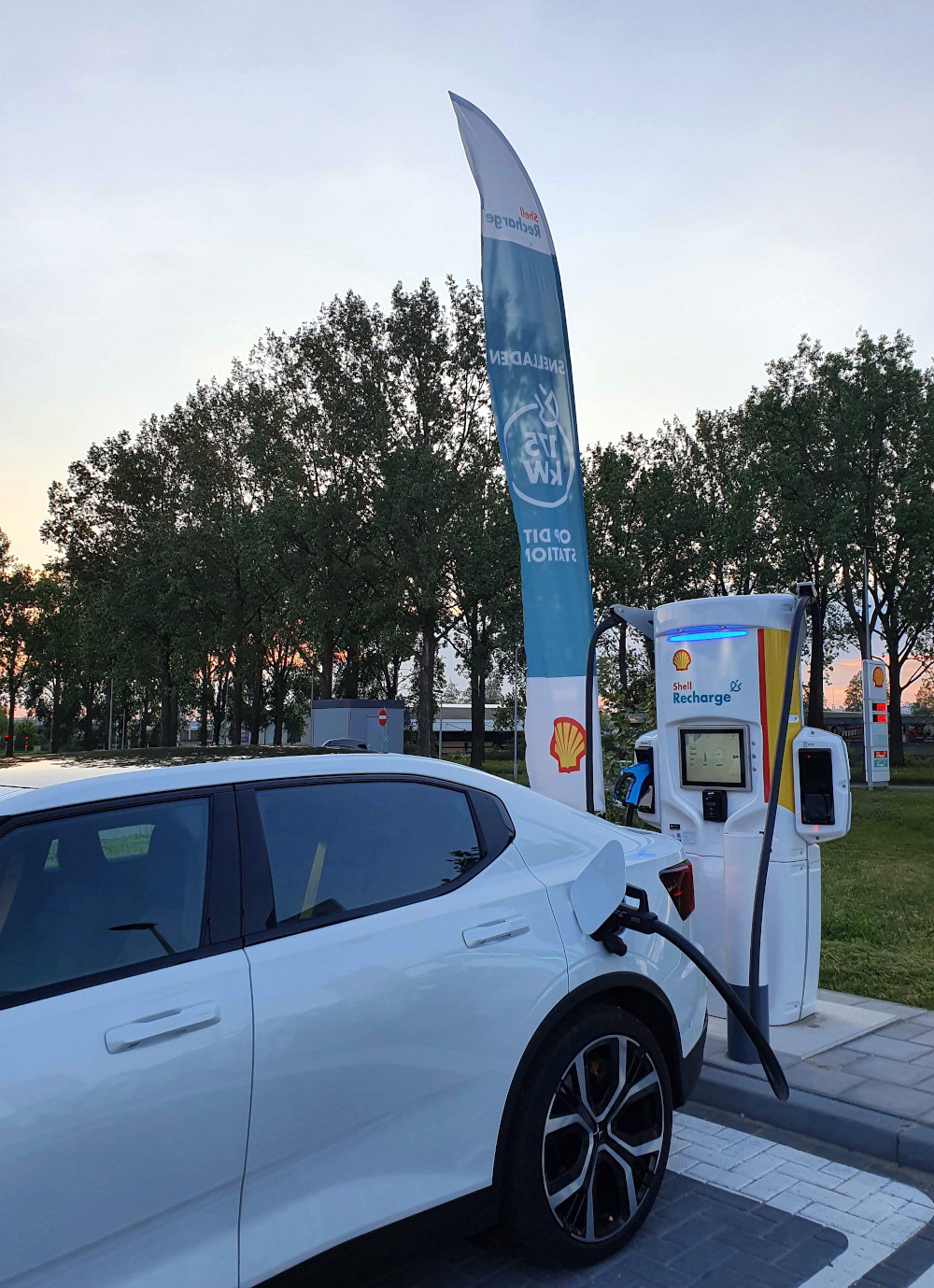
All it takes is a subtle shift in perspective. As an EV driver, you quickly stop caring about petrol stations. They simply don’t matter anymore, and soon they become nothing more than an antiquated relic of the past. A soon-to-be subject for an episode of Black Mirror. We’ll look back and mock the notion of having to go somewhere to fill a car with dirty stinky fuel.
When your eyes open to EV chargers, you’ll realize they aren’t all at out-of-town locations – they’re all over the place. “Filling-up” becomes a process of management rather than reacting to a red light on your dashboard.
The trick to charging an EV is plugging-in at every opportunity. Make this part of your routine, and you’ll never go far wrong.
Plugsurfing makes surfing plugs child’s play
It’s also worth pointing out that I was using a Plugsurfing RFID fob to take care of charging. Every new Polestar comes with one, and other manufacturers are doing the same.
Plugsurfing is simply great. It’s like a personal assistant that takes care of managing all your charging platform subscriptions. There’s no need to have multiple apps, and different key cards for all the different charging stations available. Instead, you have one: the Plugsurfing fob.
Plugsurfing then takes care of paying all the different services you use and gives you one bill at the end of each month.

It’s simple, easy, and removes ALL the friction between user and charging points. I didn’t come across a charger it wasn’t compatible with either. If you’re an EV driver, get yourself signed up to something like this. It takes all the hassle out of charging. Seriously, it was a revelation.
After a few days in the woods with the Polestar, it’s plain to see any statements about charging, range anxiety, and practicality, are now nothing more than dated clichés. Every car park I went to in the Polestar had at least a few bays with available chargers, so I was able to add a bit more juice each time.
In truth, the whole experience has left me with one question: “Why weren’t we doing this sooner?”
The whole lifestyle is far simpler than most people seem to realize. If I had the option of charging at home it would have been even easier.
No power, no problem
Going off-grid in an EV isn’t as insane as it sounds.
By charging from a blend of standard 22 kw chargers and fast chargers, I was able to keep the car topped up to a comfortable level of juice that let me do all the driving I wanted to do, at all times. Most of the time the battery was above 50% charge.
I rarely checked the car’s remaining power and instead just used the estimated range to guide me when I needed to charge. Planning ahead and considering how much driving I’d be doing in the coming days became second nature, and a quick way of determining when I needed to charge. It’s no more difficult than driving gasoline, but instead of reacting to a low fuel light, you proactively plan to ensure you’re prepared. It’s not hard.
Throughout my journey though, the Polestar’s battery didn’t deplete as quickly as I expected. Quite often, I plugged the car in to charge because I could, not because I had to.
Before setting off into the wilderness, I thought I was going to feel caged. As if the car’s range would hold me back from driving and seeing everything that I wanted to see. That it would become a nuisance, and a hindrance. In truth, I experienced none of this.
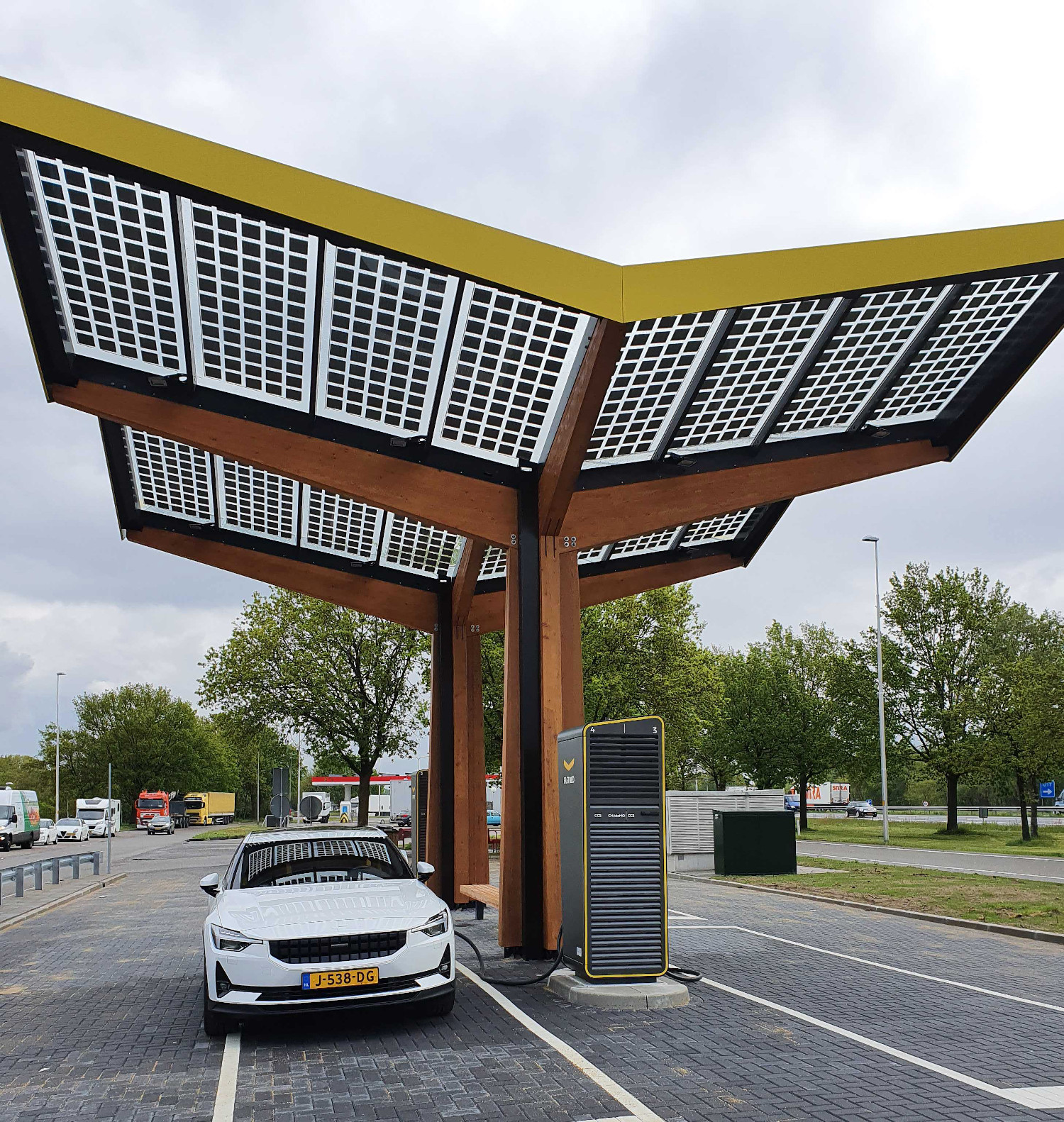
The benefits of driving an EV: the smoothness, the quietness, the eye-watering acceleration, and the lack of emissions far outweigh any required habitual changes. Anyone that resists the change is a Luddite and a philistine.
Now, I admit my experiences might not be globally universal.
The Netherlands is blessed with a robust and dense network of street side chargers, and highway fast-chargers from the likes of Ionity and Fastned are springing up at all major service stations. I even found a McDonald’s that had a fast charger. In the time it took me to order and eat a burger, I added over 10% from the McCharger.
The darling of the EV world
Now, what kind of test drive would this be if I didn’t share some of my experiences of what it’s actually like to drive and live with the Polestar 2?
The Polestar 2 is slowly becoming the electric darling of the motoring world. It’s a car that old-school motoring journalists love as much as tech-focused future thinkers do. It strikes a near-perfect balance between the past and the future.
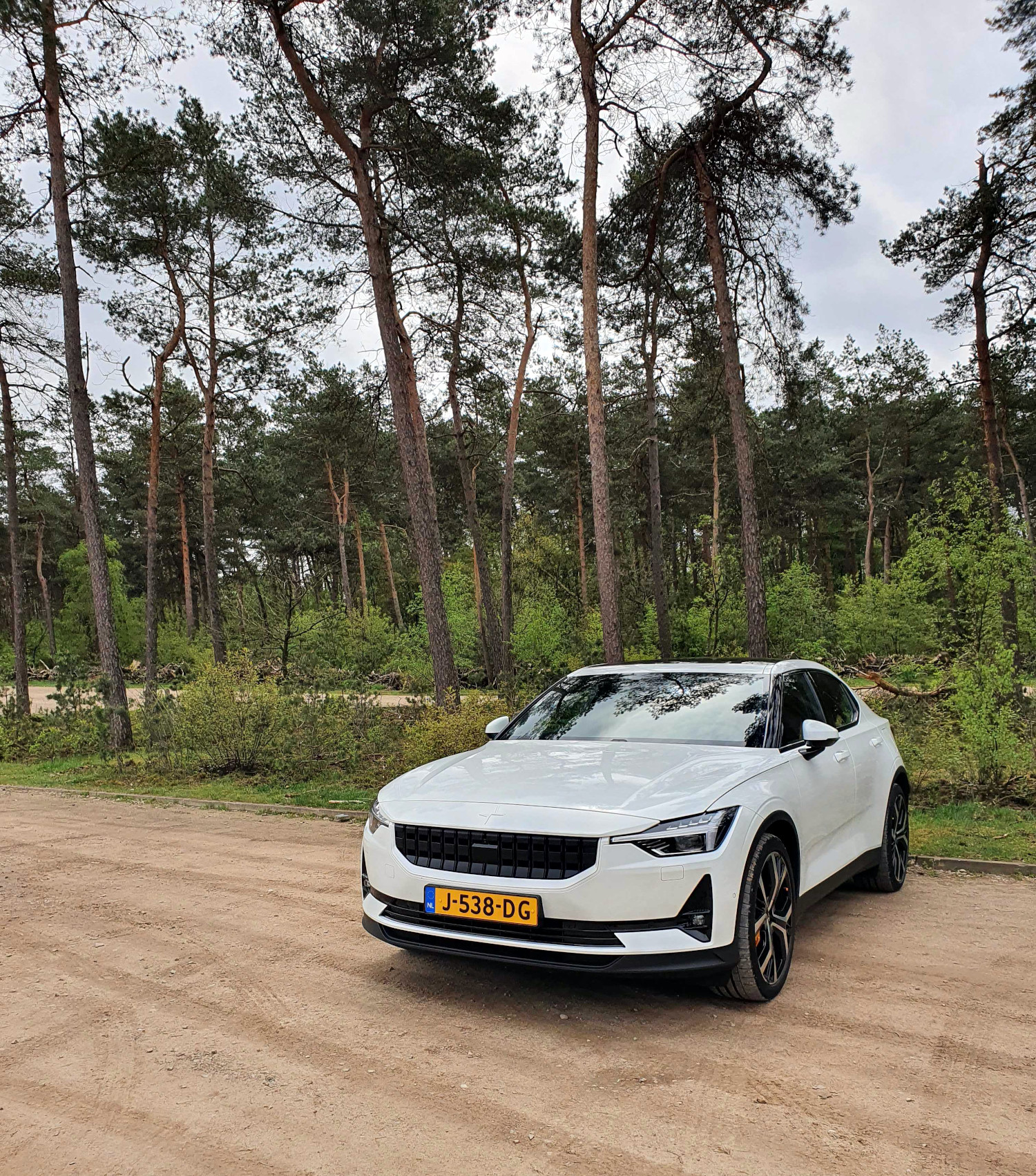
It still feels like a car. Controls are where they should be, there are enough physical buttons, there are no unexpected or confusing surprises, there are no gimmicks, and compared to the closest competition it feels more mature.
It doesn’t take long to understand why it’s so loved. Sure, it’s not going to win in a game of electric car Top Trumps: it’s not the fastest, it doesn’t have the biggest battery, or the longest range, and it certainly won’t play fart noises on command — thank God for that one, though.
But to view a car based on discrete characteristics is childish and reductionist. What the Polestar 2 is, is a fantastic sum of its parts. You’d probably expect us to say that, being sponsored by Polestar and all, but go drive one for yourself and tell me I’m wrong.
The P2 gets me excited in the same way the BMW i8 did when that first came out. Despite being quite different, the Polestar feels like the distilled essence of the future of motoring that BMW was going for, but then formed into a package friendly for the whole family.
The build quality is exceptional, and the acceleration is intoxicating. It also has the perfect balance of touchscreen and physical buttons, something that car makers are going to have to learn to get right.
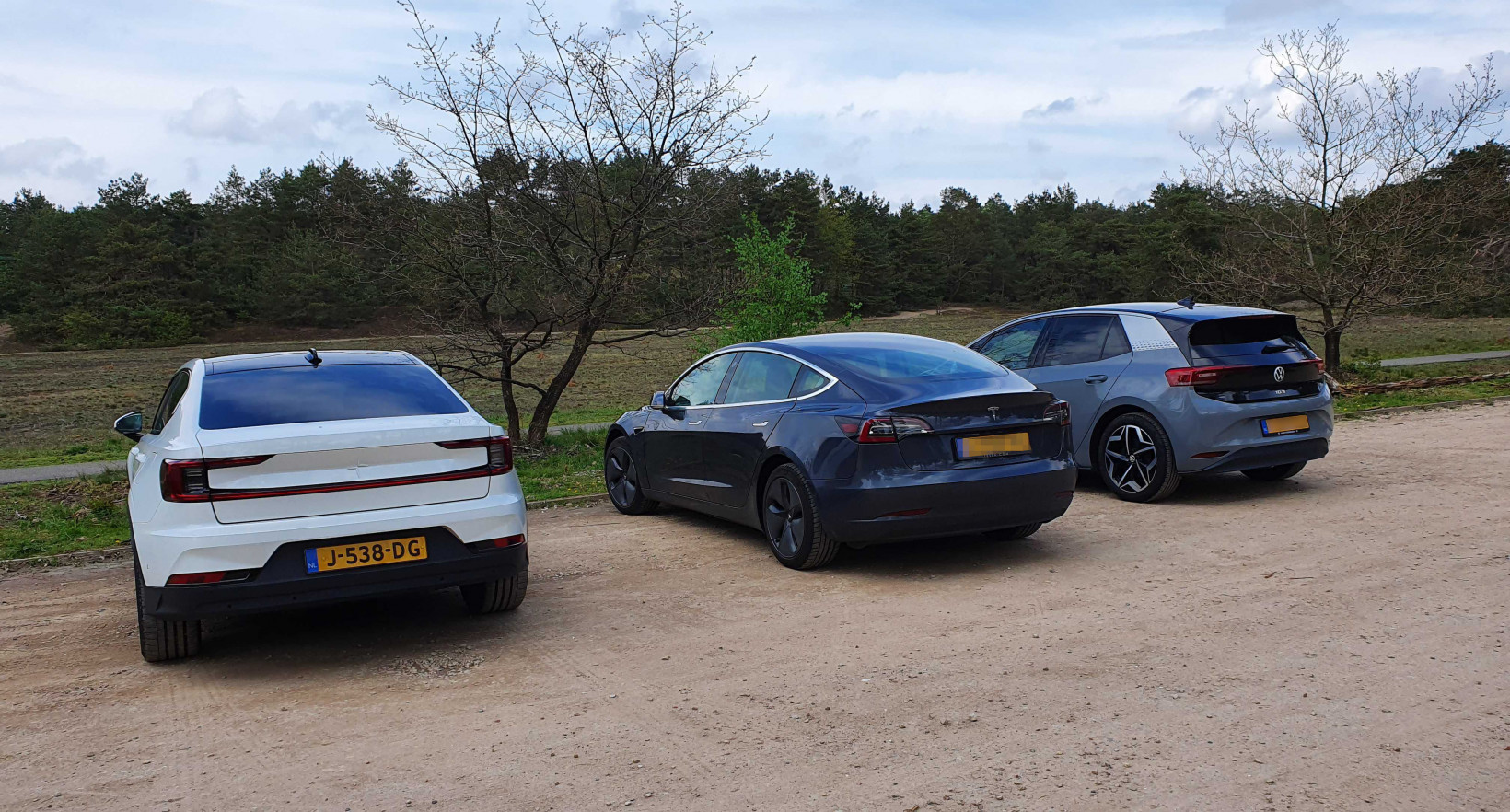
Like most of the EVs I’ve driven, the Polestar has a sort of Jekyll and Hyde personality. I don’t mean that if you make one wrong move it’ll rip your face off, but rather, that it is immensely relaxing to drive, but has raucous amounts of power that can be deployed with no more than a split second’s notice.
It means you can drive it smooth and cordially like Aloysius Parker, or fast and flamboyant like Frank Martin, and it will respond as you need it to.
Ergonomically speaking, the Polestar worked great for me. Its door sills come up high, and the central console is positioned tight and close to the driver, putting everything at your fingertips. It cocoons the driver such that you feel more like a pilot than a motorist.
The best bit of all, when I look down at the steering wheel, I see that Polestar logo and am reminded I’m driving something uniquely special.
It seems others see it the same way too. The Polestar 2 is a real head turner. As I sat on the deck of the Pipowagen reading on one fine evening, everyone that walked past said something about the car. Those that knew, knew, and pointed out, “Oh, check it out that’s one of those Polestars.” Those that didn’t know exclaimed, “Wow, what is that?”
But it’s a subtle about it, it doesn’t scream “Look at me!” like high performance cars sometimes do, it whispers, and it lures.
It’s not totally perfect, though. The car I drove came with the performance pack, which includes gorgeous forged alloy wheels, “gold” seatbelts, and Ohlins adjustable suspension. Which is all great, except to adjust the suspension you need to use spanners and do it manually. It would have been really great to see electronically adjustable suspension that can be tuned from the cabin.

About that Android Automotive
The Polestar’s central screen is gorgeous, and is a joy to use. As cars move towards touchscreens and away from physical buttons, I worry that quickly accessing vehicle settings safely, while on the move, will become a thing of the past.
Designing a cabin that’s both minimalist and contemporary whilst still providing familiarity is an art form that carmakers will have to hone. The Polestar however feels like it’s there already.
Gear selection is still done by a classic gear lever, which is in the middle of the cabin, where it should be. Things like wing mirrors, audio, and seat position are all controlled by physical buttons, which are placed where they should be. The car’s driver assistance features can be controlled from buttons on the steering wheel, which is where they should be. And the air conditioning controls remain fixed at the bottom of the screen for quick and easy access.
The Google Voice assistant is where controlling the car enters a whole new world. It’s near faultless, and makes an exceptional case that voice activation will be the future of how we interact with our cars, especially when we need to keep our attention on the road.
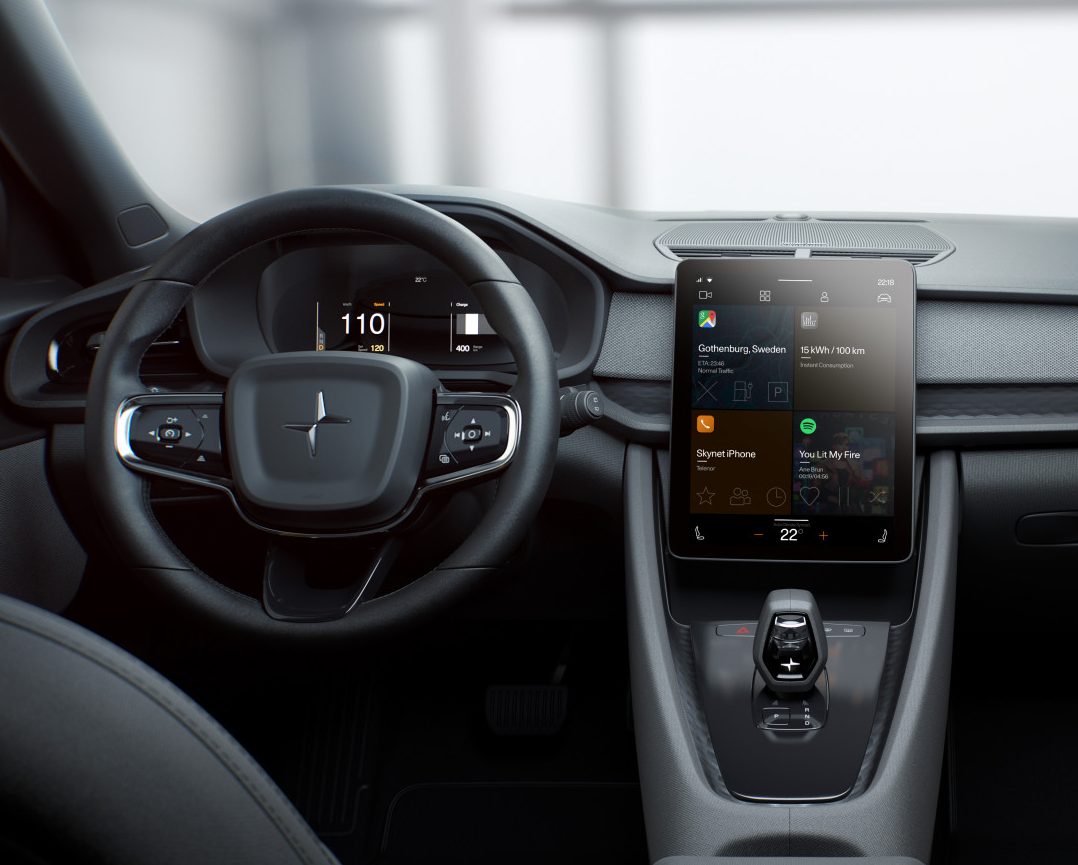
Want to search for some music, just tell it what you want to hear, and it finds it. Want to navigate home? Simply tell it, and it will get you there.
It’s a great tool when it comes to keeping your eyes on the road, and still being able to control the more nuanced features of the car that don’t have easy to access physical buttons.
The idea that third-party developers are going to get the opportunity to bring us dedicated apps for our cars makes my mind shoot in all directions and marvel at what people will invent. What’s more, new apps will help to keep the car feeling fresh and up to date for years to come.
I truly believe it’s the future. Android Automotive has bags of potential, and this excites me a lot. But that’s all surface level stuff, after diving deeper into what Android Automotive has to offer, I was left wanting.
Fall short of potential
The problem is it’s all potential, and that is still firmly in the future. Right now, Android Automotive doesn’t feel quite as polished or finished as it should. It’s like having a high-end gaming PC and not having any games to play on it.
On my last day, I drove around exploring the area with the sole intention of running the battery down to a point where I wouldn’t be able to make it home on the remaining charge.
By the end of my aimless touring, Google Maps told me that I’d return home with less than 10% charge. As I’m not able to plug in at my abode, and am reliant on public chargers, I definitely needed to charge on my trip home.
Not to worry, there are fast chargers on most major roads in the Netherlands, and there were plenty on my intended route back to civilization. I knew this because I researched it, but if I hadn’t, I’d have been at the mercy of Android Automotive’s mapping options.
The troubles begin
Now, because I was able to get home with some charge left, Google Maps didn’t automatically route me to a charger as part of my planned journey — fine.
Making matters worse, it was painfully fiddly to get it to add one to my journey manually. Google Maps kept trying to route me through the middle of Utrecht to use a standard road-side charger, not a fast charger. It would have taken hours to add enough charge to complete my journey with enough to spare. No matter what I tried, I couldn’t get it to find a fast charger on a main road.
Another problem was that if I selected a different route, one that I knew would take me past fast chargers, it would just select that route and start navigation. I would then lose the opportunity to add a charging stop.
Not to worry, thanks to Android Automotive being an open platform there are other options. I pivoted to an alternative navigation app, A Better Route Planner. And for the most part, it lives up to its name. It’s not as clean looking, but it is better than Google Maps when it comes to navigation for the nuances of EVs.
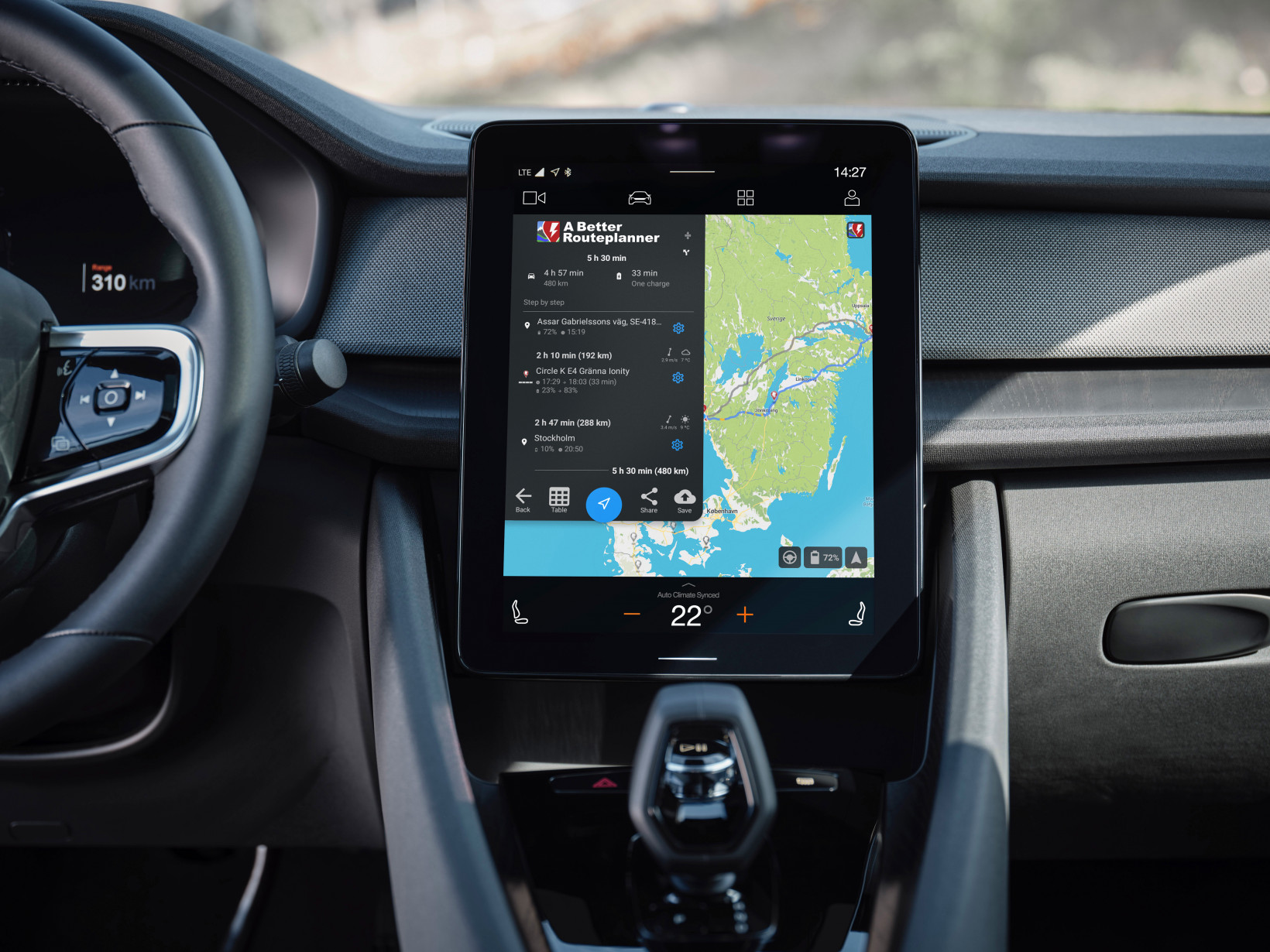
I was able to select a fast charger, add it to my route, and the guidance split up my route into two sections: one taking me first to the charger, and then one to my final destination.
A solution, of sorts
It was all going so well, but then I encountered another problem. The charger that ABRP had allowed me to select was on the other carriageway, the other side of a solid central reservation.
ABRP was going to have me leave the motorway, go back in the opposite direction, charge, then take the next exit, and turn round again to resume my journey in the correct direction. It would have not only taken longer to get there, it was going to add a load of miles that I didn’t need to drive. It would have added at least 60 minutes to my journey, including half an hour charging — not efficient at all.
Instead, I ignored the navigation, held my nerve, kept driving, and hoped I would pass another suitable charger further down the road. After 10 more minutes driving I did.
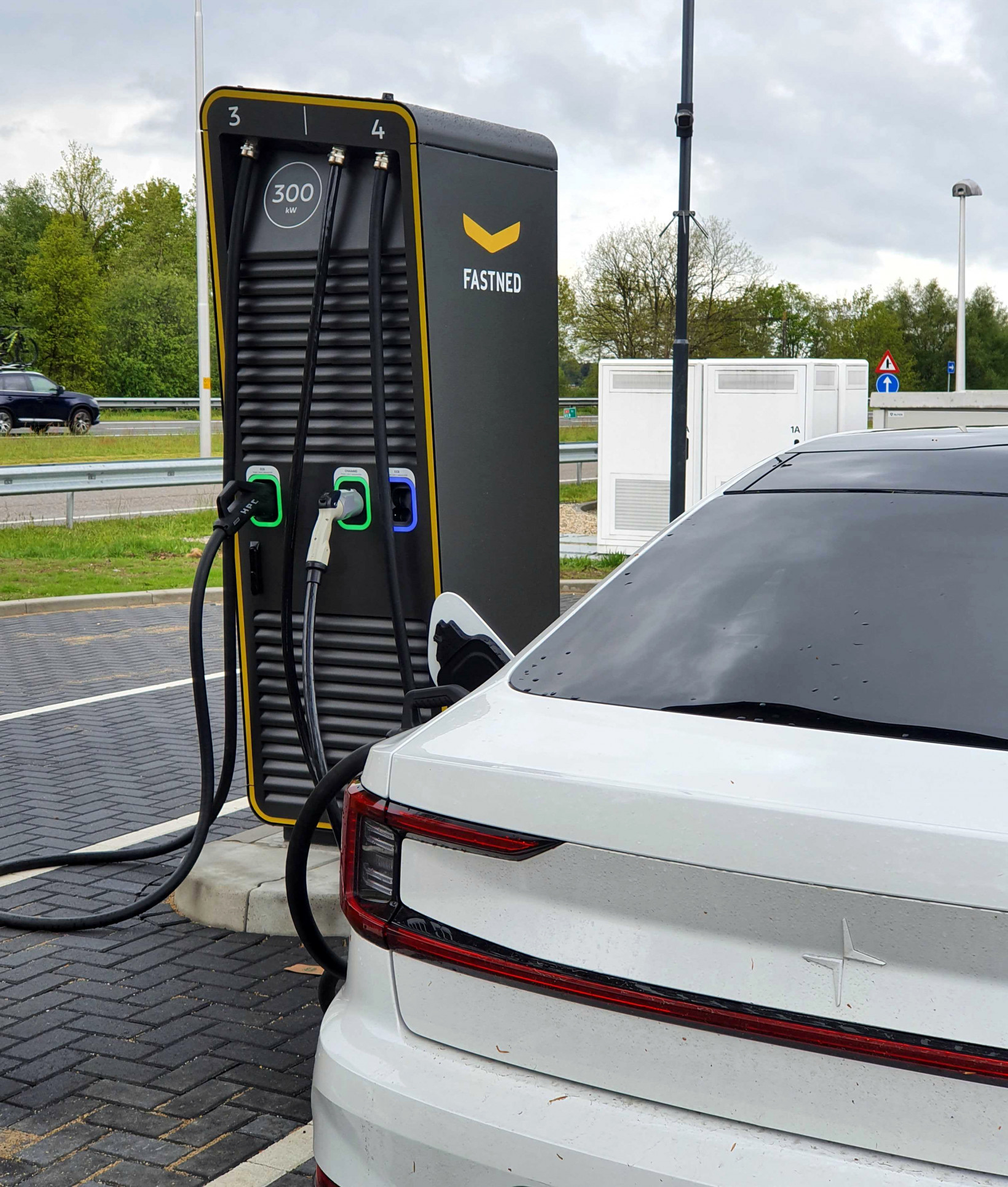
In the end, it wasn’t a massive problem, but it wasn’t exactly a smooth or seamless process. Why didn’t the route planner just route me to a charger on my side of the carriageway? Why was Google refusing to suggest fast chargers to me?
It shows the maps and navigation systems don’t quite offer the level of control or detail that we need as EV drivers, yet.
It’s worth pointing out that the Polestar 2’s navigation systems would route me to a charger if I was going to run out of charge, that acts as an eternal safeguard, so you’ll never be left stranded. But for those that want to plan with a bit more thought, the system doesn’t quite feel up to scratch.
The upside is that with OTA updates, and the fact it’s all based on Google Maps, the system is continually improving, and I see that these issues can be ironed out. With infrastructure also improving, this will become less of a problem too.
My friends are Luddites
Let’s zoom out from that moment of minor indiscretion, and go back to the original tenet guiding my exploratory adventure. Is it actually as hard to live with an EV as people make out?
The simple answer is: no. No, it’s not.
All in all, I still don’t quite understand what people find so hard about living with an EV. Even taking one away for the weekend, where I relied on it for transport and didn’t have direct access to a charger, I was never left anxious about running out of charge or not being able to drive far enough.
Sure, I didn’t drive that far, but had I been allowed to (y’know covid is still a thing) I’m certain I could have made it across Europe without a hitch. Stopping every few hours to charge up isn’t just good for the car, it’s good for the driver too, it gives time to refresh, unwind, and regain some concentration.
You might say that I could have done more to challenge the car’s range, but the trip I went on is the kind of trip normal people take to get away from the city for a long weekend. It’s perfectly average, and one that pretty much every EV of today will be able to manage. It shows that it’s not just perfectly doable, it comes with no additional hassle at all.
So what do I have to say to my “friends?” Do they have a point?
If anything, I’m now questioning why they’re my friends, more so than I did before this trip.
Sure there are some quirks, but driving an EV isn’t just a bit better, it’s light-years ahead of gasoline.
Do EVs excite your electrons? Do ebikes get your wheels spinning? Do self-driving cars get you all charged up?
Then you need the weekly SHIFT newsletter in your life. Click here to sign up.
Get the TNW newsletter
Get the most important tech news in your inbox each week.


